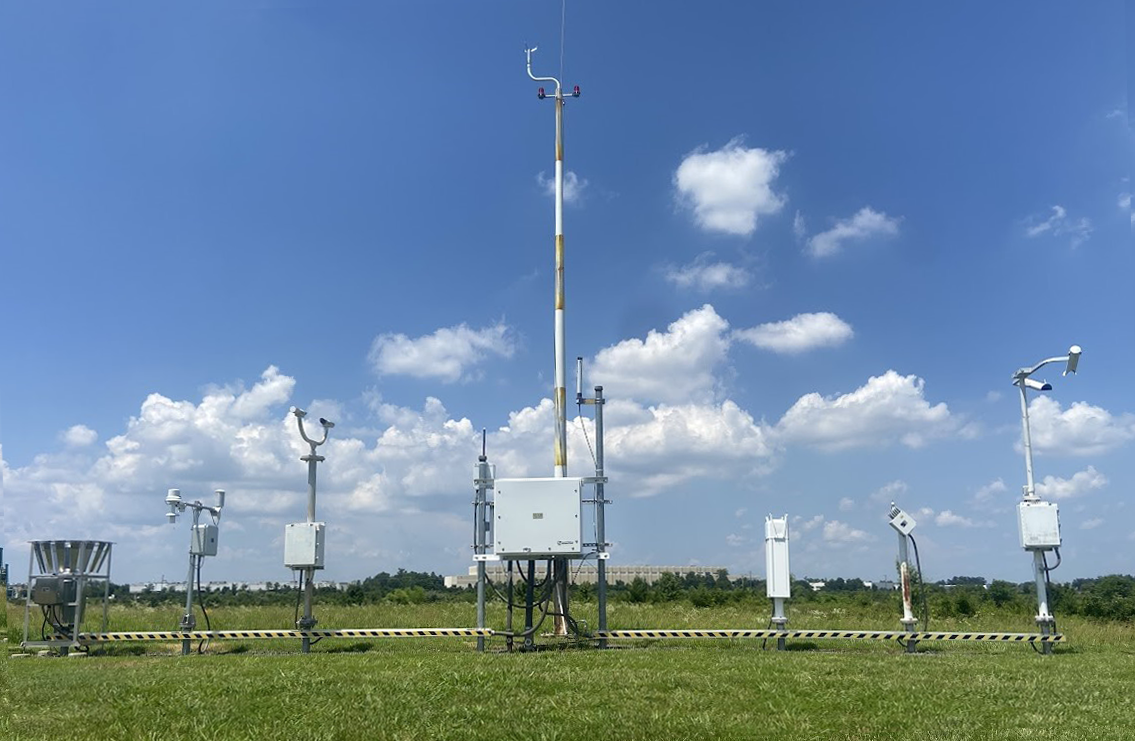Most airports have a high-quality weather station equipped with multiple weather sensors. This array of sensors is also called Automated Surface Observing System or ASOS. The primary purpose and design for these stations is to serve the airport operations and aviation community. One of the weather sensors in this system measures temperature, which has applications beyond aviation.
An ASOS weather station will take a temperature reading every minute and calculate a running 5-minute average as the current temperature. It will then store the running highest and lowest value for each hour, 6 hours, and calendar day in its internal memory.
While all this is going on internally, the station will also transmit information to the world. Once every hour, the station will send out a complete observation, including the current temperature reported with a precision to the nearest tenth of a degree Celsius. For LAX, this happens every 53 minutes past the hour. Once every 5 minutes, it will also send out a shortened report, which is primarily for the aviation community. While this 5-minute report includes temperature, it only has a precision to the nearest whole degree Celsius and may not match what is being tracked internally.
For those interested in high and low temperatures for a calendar day, the data tracked and stored internally by the station is the most accurate and precise. The station reports the most accurate and precise high and low temperatures for the previous day at around 1am. These are the values used in official climate reports - such as the Daily Climate Report. The daily report also includes the time that the high and low temperatures occurred, which are always in local standard time (which means it is an hour earlier than daylight saving time). This is a standard used across the country for climate reports.
When tracking temperatures on a site like this, it is important to note that the temperatures you see for every 5-minute observation might be a 1 degree or 2 off from what the actual temperature is, and from the temperature being tracked internally for the daily high and low values. This is because the temperature is rounded to the nearest whole degree Celsius before being then converted to degrees Fahrenheit. The high and low temperature could also occur in between the 5-minute observations, which is tracked internally but not reported to the public. Real-time one minute data is not publicly available.
For more information, please visit the official ASOS information page.

ASOS Weather Station